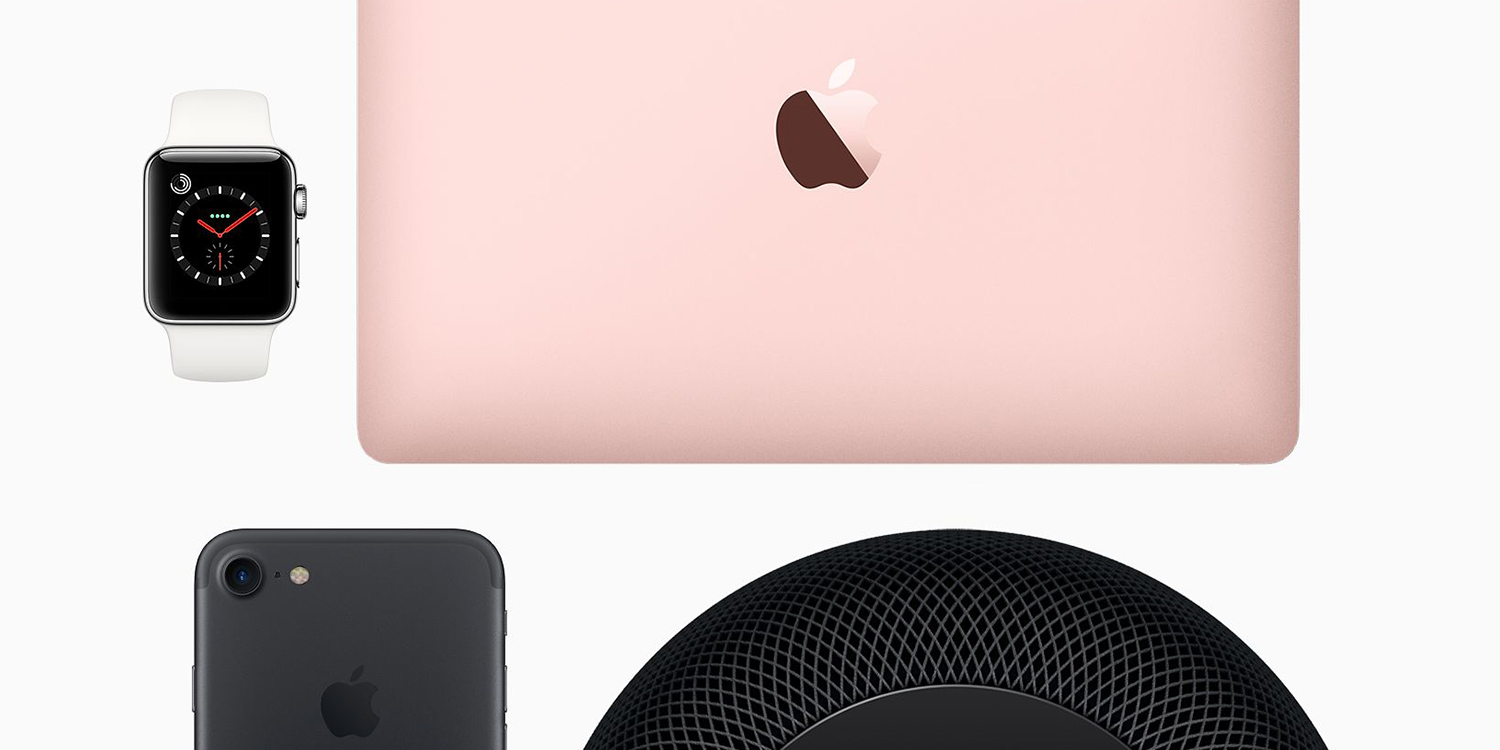Refurbished electronics sometimes get a bad rap. We all want the latest and the greatest, and the industry often encourages this attitude. It’s hard not to want new Apple products, instead of something used.
But is that really fair?
Used vs. Refurbished
It may seem nuanced, but there is a significant difference between a used product versus a refurbished one.
A used item is just that – something that has miles on it that you buy as seen. A refurbished item, on the other hand, may also have been used – but it has been professionally restored to be like-new. A technician has given it the once-over to make sure everything works, and parts are often replaced or fixed to bring them up to standard.
Most refurbished products come with a guarantee or warranty to back up the work the seller has done on it, so it’s not as risky as buying second-hand from a stranger.
iPhone, iPad, Mac, Apple Watch – all these products and more can be snapped up for a bargain price if you look at the refurbished market. However, this sometimes means you are getting a dated model rather than the latest and greatest. If you’re not a tech nerd, that might not matter to you at all – and certainly don’t let that fact dissuade you from looking at refurbished Apple electronics.
What to look out for
There are a few things you need to check before buying to make your purchase worthwhile.
1. Check if the latest software runs on the device. The last thing you want is to grab an old iPhone that won’t run the current version of iOS. Even if you don’t care about new features, you’ll want to be eligible for up-to-date security improvements. Luckily, Apple typically supports devices with updates for about 5 years from launch – much longer than you’d ever see from an Android device.
2. Check the guarantee/warranty info, including the small print. Most likely, you’ll get at least a 30-day return window if the product doesn’t work, but oftentimes you can get a year of support included. Do yourself a favor and make sure to ask about these details before it’s too late.
3. Verify the price. This point may seem obvious, but it’s a vital one when considering why you’d look at a refurbished product in the first place. Make sure you’re comparing like-for-like models – don’t be conned into thinking something is a bargain when in reality it’s just old stock.
4. Look for products with original accessories. Think of charging cords, cases, and other necessary parts. These things can be expensive and (in some cases) hard to find, so having them bundled with the product is a big win.
5. Get an Apple-certified item. This will ensure you get a device that will live up to your expectations, as it has to pass Apple’s own refurbishing quality rules. That means third-party sellers can’t skimp on replacing parts that aren’t up to scratch.
6. Buy direct from Apple. You might not get quite such hefty discounts, but Apple’s own Certified Refurbished range is probably the safest way to grab a like-new product that you know is gonna work perfectly. Just make sure you still follow our previous tips so you know what you’re getting.
Refurbished product red flags
Let’s start by saying that being careful isn’t limited to refurbished products. We recommend scrutinizing any online purchase. But the most obvious red flag for the refurb market is a lack of information.
If there are no specific guarantee terms or pictures of the item, those are things you must pay attention to because there is always a reason. Be an informed buyer. Read the description and terms, while noting what is present and missing.
Environmental benefits
Saving money is always a good thing. However, recycling iPads and buying refurbished electronics and other accessories has another significant advantage. It gives you an eco-friendly alternative to buying new.
“E-waste,” or household waste electrical and electronic equipment (WEEE) is a major global problem. In the UK, it topped 118,570 metric tons in the fourth quarter of 2019 alone. The issue isn’t any better in the US, with 2,576,405 metric tons generated in 2017 (the latest year for which data is available). Only 35% of that haul was recycled.
That’s one of the main benefits of buying refurbished Apple kit. You prolong the life of the devices and therefore decrease their environmental impact. That means less raw materials extracted from the earth and a diminished effect on climate change.
That means that buying refurbished Apple electronics is a smart choice if you want to reduce your carbon footprint, while you’ll also benefit from more affordable pricing. It’s a win-win.


